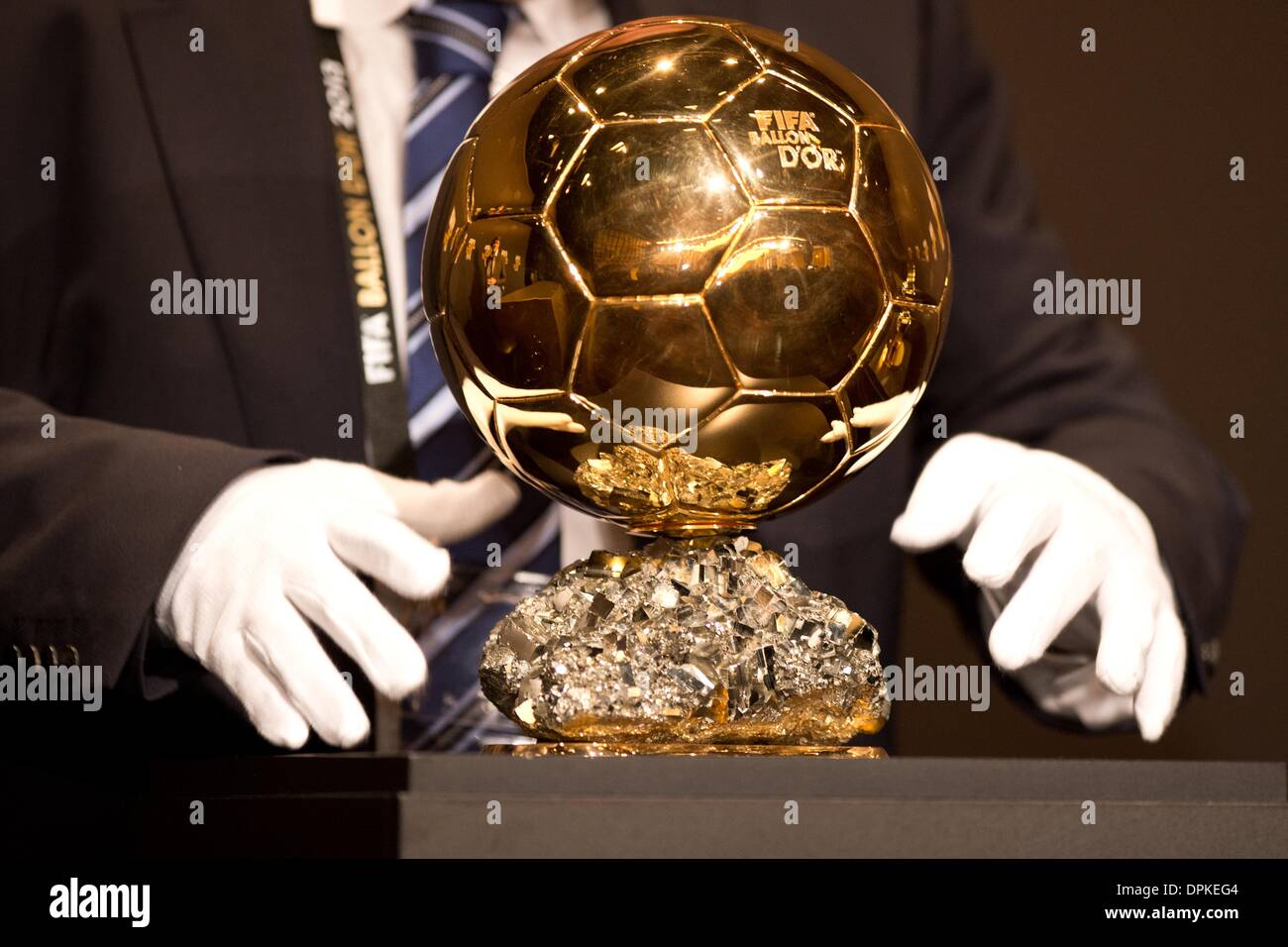
Comparing the top ten finishers of the Ballon d’Or in 2009 with those in 2024 raises interesting questions about the evolution of football standards. In 2009, the top ten included legends like Lionel Messi, Cristiano Ronaldo, and Xavi, showcasing a collection of players who would go on to define an era of excellence in football. Their combined skill, consistency, and impact on the game set a high benchmark, representing the pinnacle of individual talent within a generation.
Fast forward to 2024, and the top ten includes notable players like Rodri, Vinicius Junior, and Jude Bellingham. While these players are undoubtedly talented, some critics argue that the current generation lacks the same level of star power and historical significance as their predecessors. The comparison suggests a potential dilution of talent or, at the very least, a shift in what constitutes elite performance.
However, this perspective might overlook the evolving nature of football itself. The rise of tactical systems that emphasize collective play over individual brilliance could explain the changing landscape. Additionally, with younger players like Lamine Yamal and Bellingham making waves, the future of football seems promising, suggesting that while the immediate top tier may appear less imposing, it is merely a transitional phase.
Ultimately, the standards of football remain high, but they are expressed differently in today’s game. The emphasis on teamwork, tactics, and the emergence of new stars could mean we are witnessing the birth of a new era, rather than a decline in quality. The debate about standards is complex, reflecting both nostalgia for past legends and optimism for the emerging talents of tomorrow.

